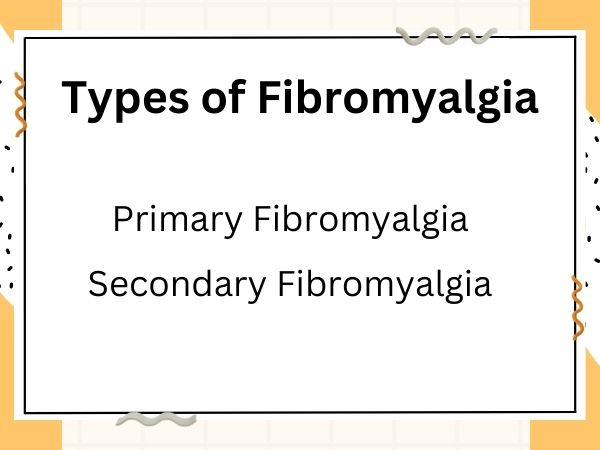Topics
Table of Contents
Fibromyalgia is a complex and often misunderstood condition characterized by widespread musculoskeletal pain, fatigue, and tenderness in specific areas of the body. It affects millions of people worldwide, yet its exact cause remains elusive, and its symptoms can vary widely among individuals. Understanding the nuances of fibromyalgia is crucial for both patients and healthcare providers in managing its impact on daily life.
Types of Fibromyalgia

While fibromyalgia itself is generally categorized as a chronic pain disorder, there are various subtypes and associated conditions that can influence its presentation. These may include:
- Primary Fibromyalgia: This is the most common type, where fibromyalgia occurs independently without any other underlying medical condition.
- Secondary Fibromyalgia: Sometimes, fibromyalgia can occur secondary to other conditions such as rheumatoid arthritis, lupus, or spinal arthritis.
Signs and Symptoms

The hallmark symptom of fibromyalgia is widespread pain, typically accompanied by:
- Fatigue: Despite sufficient rest, individuals with fibromyalgia often experience profound fatigue and sleep disturbances.
- Cognitive Difficulties: Often referred to as “fibro fog,” individuals may experience problems with concentration, memory, and cognitive function.
- Tenderness: Specific tender points on the body, such as the neck, shoulders, back, hips, and knees, can be excessively sensitive to pressure.
Causes and Risk Factors

The exact cause of fibromyalgia remains unknown, but several factors may contribute to its development, including:
- Genetics: There appears to be a genetic component to fibromyalgia, as it tends to run in families.
- Physical or Emotional Trauma: Traumatic events, such as accidents or severe emotional stress, can trigger or exacerbate fibromyalgia symptoms.
- Infections: Certain infections may trigger or worsen pain syndrome symptoms.
Diagnosis
Diagnosing fibromyalgia can be challenging due to its overlapping symptoms with other conditions. Typically, healthcare providers rely on a combination of clinical history, physical examination, and specific diagnostic criteria established by organizations such as the American College of Rheumatology. Blood tests and imaging studies may be ordered to rule out other potential causes of symptoms.
Treatment and Management

While fibromyalgia cannot be cured, various treatment modalities can help manage symptoms and improve quality of life:
- Medications: Pain relievers, antidepressants, and anti-seizure medications may be prescribed to alleviate pain, improve sleep, and manage associated symptoms.
- Physical Therapy: Exercise, stretching, and physical therapy techniques can help improve muscle strength, flexibility, and overall function.
- Cognitive-Behavioral Therapy (CBT): CBT techniques can help individuals develop coping strategies to manage pain, and stress, and improve sleep.
- Lifestyle Modifications: Strategies such as stress management, proper sleep hygiene, and maintaining a balanced diet can play a significant role in symptom management.
Prevention and Home Remedies
While there is no surefire way to prevent pain syndrome, adopting healthy lifestyle habits may help reduce the risk of developing the condition or manage its symptoms:
- Regular Exercise: Low-impact exercises such as walking, swimming, or yoga can help improve strength, flexibility, and mood.
- Stress Management: Engaging in relaxation techniques such as deep breathing, meditation, or mindfulness can help reduce stress levels and alleviate symptoms.
- Balanced Diet: Consuming a diet rich in fruits, vegetables, lean proteins, and whole grains can help support overall health and well-being.
In conclusion, Fibromyalgia is a multifaceted condition that can significantly impact an individual’s physical, emotional, and social well-being. By understanding its symptoms, causes, and treatment options, individuals can work with healthcare providers to develop personalized management plans tailored to their needs. While living with fibromyalgia may present challenges, with proper support and self-care, individuals can strive to lead fulfilling and productive lives despite the condition’s complexities.
